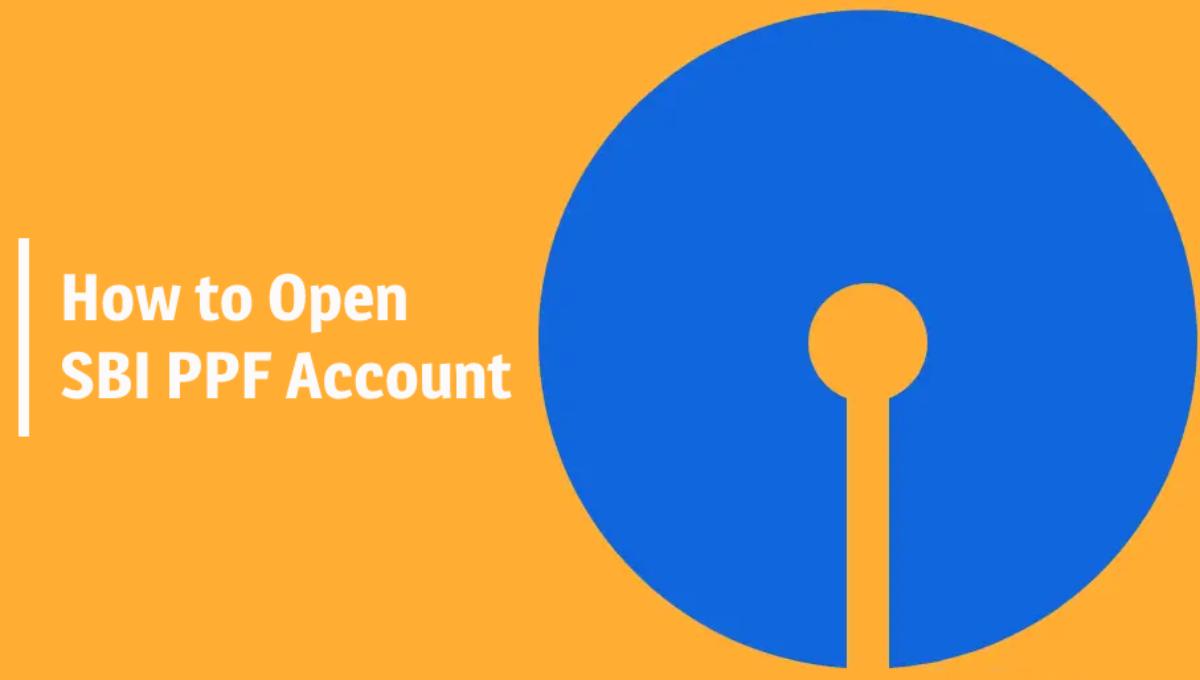Building up your retirement fund alongside your regular income is a good idea. There are many options available that provide for different risk profiles. It includes insurance plans backed by sovereign guarantees like Provident Fund (PF). In India, there are primarily two types of PF: Compulsory Provident Funds and Optional Provident Funds. The Employee Provident Fund is compulsory for all eligible employees, whereas the Voluntary Provident Fund is optional.
What is Voluntary Provident Fund (VPF)?
The EPF is a great way to save money for retirement by allocating your salary into an account. It is a government-endorsed retirement savings scheme that allows individuals working in the organized sector.
Voluntary Provident Fund (VPF) is an extension of the EPF. Under the EPF Scheme, both the employee and their employer contribute an amount to the employee’s account. In a Voluntary Provident Fund system, only the concerned individual must make monthly contributions. However, employers can also choose to deposit additional amounts over time in the EPF Account.
Therefore, you can simply understand VPF as a scheme where individuals decide to contribute an extra portion of their income. The amount that is over and above the compulsory percentage is the Voluntary Provident Fund.
Once you have chosen to contribute to VPF, you cannot terminate or discontinue before 5 years of service have passed. The Government of India decides interest rates for Voluntary Retirement Plans each year.
Start Compare to Learn: PPF Vs VPF which is Better
Voluntary Provident Fund (VPF) Interest Rate 2025
| Year | VPF Rate of Interest |
| 2022-23 | |
| 2021-22 | 8.10% |
| 2020-21 | 8.50% |
| 2019-20 | 8.65% |
| 2018-19 | 8.65% |
| 2017-18 | 8.55% |
| 2016-17 | 8.80% |
| 2015-16 | 8.80% |
How is Voluntary Provident Fund (VPF) Interest Rate Calculated?
Employees Provident Fund Organization reviews the rate of interest on PF deposits. The process for interest rate determination is as follows:
- The Central Board of Trustees is the apex decision-making body of the EPFO. It decides the applicable interest rate, whereas the the Ministry of Finance gives approval.
- The Central Board of Trustees reviews the declaration and revenue generation from the investments made by the EPFO. The prevailing rates of interest on saving schemes will decide the next rates.
- Commissioners will credit the interest amount to the account as per rates prescribed by the Central Government.
- Interest shall be credited to the member’s account depending on their monthly running balances. The amount will be effective from the last day of each year in the following manner:
- Interest is paid on the credit amount as on the last day of the preceding year. The sum withdrawn during the current year is reduced while calculating interest for twelve months.
- The total amount of interest is rounded to the nearest whole rupee.
- In case you claim a refund, interest is payable only up to the end of the month preceding the date on which the final payment is authorized. It is not impacted by the date of receipt of the claim.
Learn How to calculate EPF Interest
Eligibility
Following are the eligibility criteria for VPF
- Individuals must be employed in an organization belonging to the organized sector of the economy and an EPF-recognized organization.
- If the individual works in an organization with less than 20 employees, the employer may opt for an EPF account. Subsequently, the employees can opt for VPF as well.
What are the Benefits of Voluntary Provident Fund (VPF)?
The main benefit of a VPF account is it comes under the Exempt-Exempt-Exempt (EEE) category. Therefore, you can enjoy tax benefits and appreciate your wealth in the long run by investing in VPF. Following are the benefits of a VPF account:
- Safe investment option: Since the scheme is run by the Government of India, it does not involve much risk. VPF is safer than other long-term investment options offered by private organizations.
- High rate of interest: You can earn interest at the rate of 8.25% p.a. under the VPF scheme. The interest generated from VPF is also exempt from tax.
- The application process is easy: You can easily open a VPF account by contacting your organization’s finance team. You canraise a request by submitting a registration form. Your current EPF account only acts as the VPF account as well.
- VPF Transfer process is simple: In case you change jobs, your VPF account can be easily transferred from the old company to the new one.
Start investing in the best tax savings funds and enjoy the benefits of saving from your taxable income
Tax benefits available under a VPF
VPF account is an investment option that generates good returns and offers tax benefits as well. Under Section 80C of the Income Tax Act, 1961, employees can avail of tax benefits. The benefits can be up to Rs.1.5 lakh. Your contributions generate interest, which is also exempt from tax. However, the amount is taxable in case the rate of interest is more than 9.50% p.a.
Voluntary Provident Fund (VPF) Rules
The rules and regulations of the unorganised VPF account are as follows:
- Only individuals working for companies registered under the Employees’ Provident Fund Organisation (EPFO) are eligible to open a VPF account.
- You must have an EPF account to opt for the VPF scheme.
- Contribution to a VPF account is not compulsory for all employees.
- The Government of India declares the rate of interest applicable on a VPF account at the beginning of the financial year.
- The entire amount of deposit can be withdrawn at the time of resignation or retirement.
- You can also transfer the VPF amount from your previous employer to the current one.
- In case the account holder passes away, their legal heir or nominee will receive the accumulated amount.
- Individuals working for unorganized sectors cannot open a VPF account.
- You can open a VPF account any time during the financial year.
- You cannot stop investments you make in your VPF account for a period of 5 years.
- VPF accounts allow partial withdrawals as loans.
- In case you withdraw the sum before the maturity period, the entire sum is taxable.
How to Open VPF Account?
Opening a VPF account is a simple process. You can submit a letter to your organization’s accounts or HR department to start contributing to your VPF account. Along with the letter, you must also fill out a VPF application form. You also need to specify the amount you wish to contribute towards VPF from your monthly salary.
Explore VPF vs NPS
How To Withdraw VPF Amount?
The Voluntary Provident Fund scheme has gained huge popularity among those interested in investments. The scheme offers high liquidity you can withdraw the money you accumulate for any financial emergency. However, it is subject to few conditions such as:
- For medical expenses for the treatment of either the depositor and/or their family members.
- Expense of higher education or marriage of a child.
- Towards purchase/ construction of a house or residential plot.
- Repayment of a running home loan.
However, the account must be existing for at least five years to withdraw the VPF amount. If withdrawn before the minimum period the amount earned on interest shall be liable for proportionate tax deductions.
You can withdraw funds from your VPF account by submitting a request letter and Form-31 to your employer. Along with the form, you must submit required documents such as name, postal address, EPF account number, and bank details. The maturity/ withdrawal amount is credited to the bank account number provided. You may also be required to furnish a canceled cheque for the same. Upon verification, the employer must attest the documents.
- What is Voluntary Provident Fund (VPF)?
- Voluntary Provident Fund (VPF) Interest Rate 2025
- How is Voluntary Provident Fund (VPF) Interest Rate Calculated?
- Eligibility
- What are the Benefits of Voluntary Provident Fund (VPF)?
- Voluntary Provident Fund (VPF) Rules
- How to Open VPF Account?
- How To Withdraw VPF Amount?




























Show comments